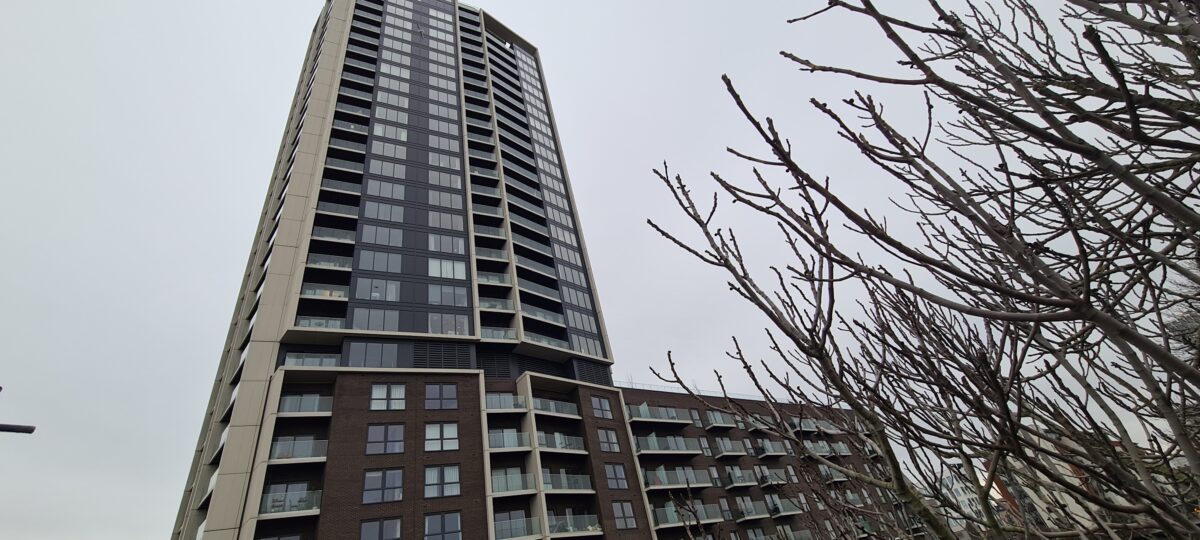At its conference the Labour Party made bold pledges on housing. Not only will it support a council housing renaissance, but Keir Starmer committed to supporting 1.5m more people onto the housing ladder, boosting home ownership to 70% of households across the country.
In a sector that has been hampered by a revolving door of ministers – we are already on our fourth this year – and initiatives that never quite match up with their promise such as the Starter Homes that never materialised, how can the party ensure that it can truly deliver on its housing ambitions?
The policy pledges will have to be fulfilled against the backdrop of an existing supply deficit of homes of all tenures and funding constraints which will reduce the social housing sector’s ability to build. In September the National Audit Office reported that there is a forecast shortfall of 32,000 in the number of homes to be delivered under the 2016 and 2021 Affordable Homes Programmes (AHP) administered by Homes England, with a further risk that fewer homes are completed because of building cost inflation and other challenges. When asked by Lisa Nandy whether the Autumn Statement would have an impact on the AHP’s budget, the Housing Minister, Lucy Frazer, simply said that the Government remained committed to the Programme. In the context of departments across the board being required to make spending cuts, this will be worth keeping an eye on.
Whilst the sector has welcomed the Government’s announcement of a social housing rent cap of 7%, higher than the 5% initially proposed, its own modelling nevertheless suggested that this would result in a loss of £4.9bn in rental income for registered providers over 5 years. This is income that would otherwise be invested in delivering new homes as well as in services for residents. The funding black hole adds to previous research outlining the scale of the gap between the need for and delivery of affordable housing.
To meet housing need in England between 2021 and 2031, Crisis and NHF research found that 145,000 affordable homes must be built each year. Government figures for 2021-22 show that only 59,000 such homes were provided. Of these, just 7,500 (13%) were new homes for social rent. Whilst the total new affordable homes figure is the highest since 2014-15, it is still 86,000 short of what is required. The scale of the challenge is clear.
The only way to deliver the amount of new affordable homes needed is with a significant injection of private sector investment in addition to government grants and loans. At a time of constrained public finances, more should be done to proactively encourage private funding into decent quality, secure and affordable housing.
As an affordable home ownership provider funded by institutional investment including major pension funds, we know that there is appetite in the market from investors and the potential for a significant funding injection into the sector. It is viewed as an attractive low-risk, long-term investment.
As well as bringing more funding to the sector overall, using private investment to deliver affordable home ownership products would enable local authorities to direct their grant funding to deliver more social housing, helping to meet Labour’s vision for “council housing, council housing, council housing”. It is a win-win.
Homes England figures have spoken about it being a priority to increase the diversity of capital within the affordable housing sector. Addressing Inside Housing’s development summit last year, its chair, Peter Freeman, said that “Matching public need and private enterprise around a set of principles that can deliver both public and commercial value represents a huge opportunity to positively increase affordable housing delivery in this country.”
In our experience, this position needs to be better communicated to local government to provide them with the certainty that it is ok to accept affordable housing funded through institutional investment rather than government grant. Whilst a number of local authority areas have adopted innovative models and are thinking outside the box when it comes to delivering affordable housing, we have found that often councils choose to seek external legal advice before proceeding, to check that they can do this. As well as prolonging the delivery of new homes, this is costly, at a time when local government finances are constrained. The uncertainty comes from doing something that is not the norm.
There are billions of pounds waiting to be unlocked if the government did more to encourage local authorities to consider institutional investment. To drive real change, there needs to be clear, written guidance that encourages local authorities to welcome such investment in their affordable housing provision. This would provide the confidence needed by councils that there is national level support to do so.
The mini-budget in September jeopardised the Conservative Party’s position as the party of homeownership. First-time buyers have seen mortgage offers removed and existing homeowners are fearful of increasing mortgage costs.
There is a real opportunity for Labour to make headway in this space. But it must be prepared to embrace innovation and institutional investment to find new ways of delivering the homes we desperately need. If the Party wholeheartedly backed this source of funding, it could drive an increase in new affordable homes across the country. Without it, its housing ambitions will be hard, if not impossible, to achieve.
Steve Collins, Chief Executive, Rentplus-UK Ltd



